I have always been captivated by the warm and cozy feeling that a cabin in the woods gives me. The embrace and calmness of a fireplace in the living room and the smell of woodfire smoke make you feel like you are away from civilization and all responsibilities. Even looking at the deer mount on the wall, one can become lost in thought with the memories of all the crazy adventures and trips that took place in that cabin. The rugged look of the log walls, wide plank floors, and wooden furniture make you understand the effort required to develop a rustic aesthetic.
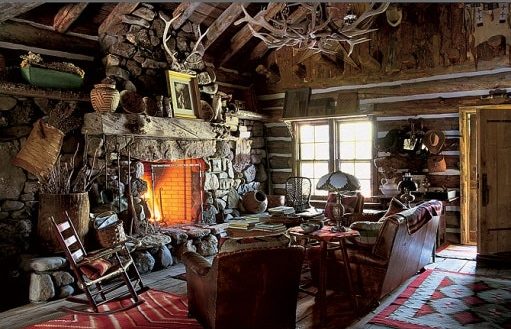
There is no exact date that the rustic aesthetic can be traced back to since “rustic” represents what used to be common, rural, or even primitive. Rustic can even represent the way cavemen used to decorate their shelters with hides, bones, and carved wood. Even thousands of years later, Vikings, Native Americans, and many other cultures over the world and over the ages would still decorate their homes and create artifacts like this. Rustic design is not bounded to an era because it is bound to nature. Mostly everything is handmade with an appearance that it came from raw materials fetched straight from the forest. There is a predominant presence of wood, stone, taxidermy, tanned hides, fabrics, and some metals that gives the aesthetic an organic and rough character.
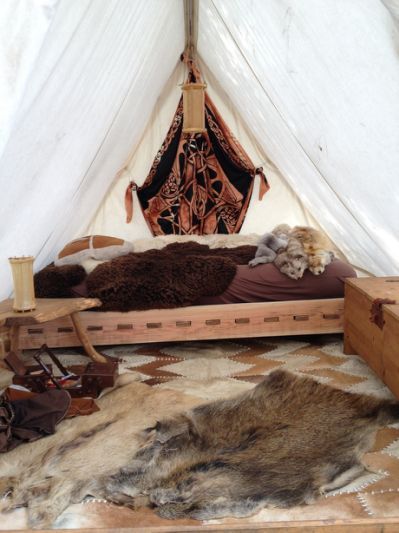
The common image that most people have of rustic design is what came to be known as “country” aesthetics in the 18th century, after the North American colonies took the old-time style of simplicity and made it their own. Closer to the 19th century, the rustic style had adopted part of the Wild West culture where the primitive had somewhat merged with the modern. It still had the same decorations that come from trapping, hunting, and every relation to the outdoors, but now it also showed more modern features like the famous saloon doors, oil lanterns, and mounted lever-action rifles.
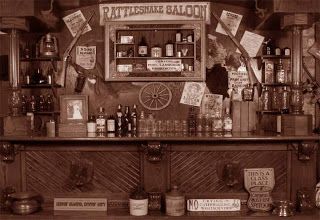
With the development of the civilized world, the rustic style was slowly left in the past and in rural areas separate from big cities. However, the rustic aesthetic is still a big part of the culture of most people who consider themselves outdoorsmen. The tradition of spending time at an old cabin in the woods, a hunting cabin, or a lake house has been passed down over the generations. The appreciation for the rustic aesthetic is intensified by the memories created from experiences such as a father and son’s fishing or hunting trip.
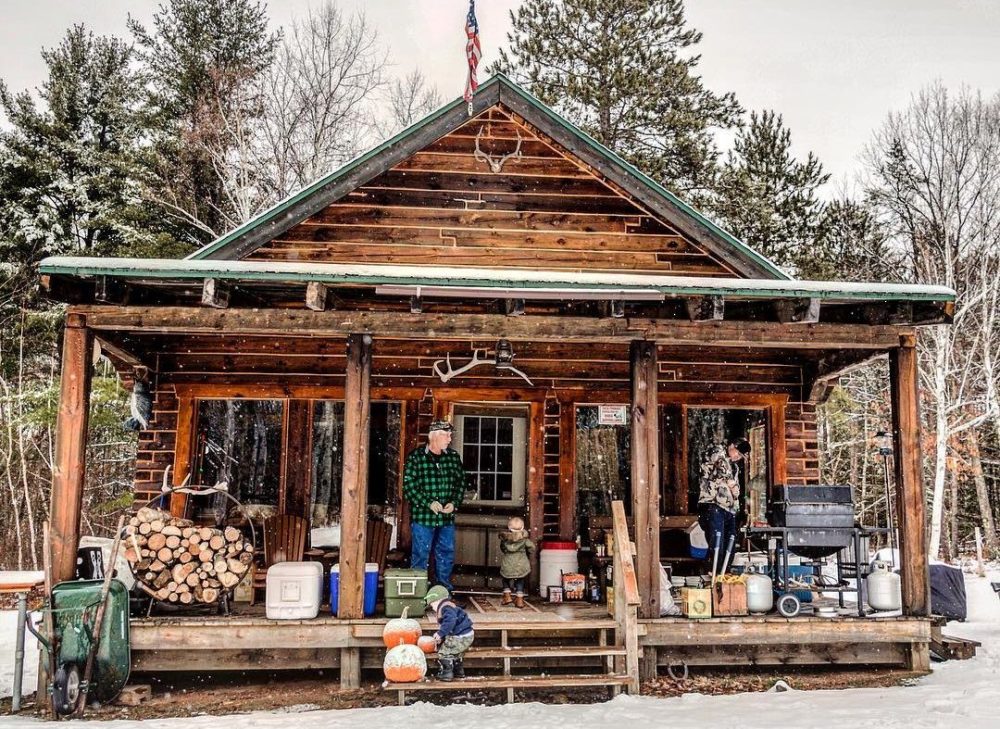
The rustic aesthetic keeps mixing with the modern and evolving as it did in the 18th and 19th centuries. The 20th century witnessed the creation of the Modern Rustic aesthetic, which incorporates the sleek design of the modern style with the organic and worn appearance of the rustic design. I believe that this new style has created division within the rustic culture since it breaks away from the primitive design and integrates a more civilized style, forever changing the traditional aspect of what we imagine a hunting cabin to look like. However, people in the 18th century could have said the same thing about integrating the Wild West style into what used to be a simple log cabin.
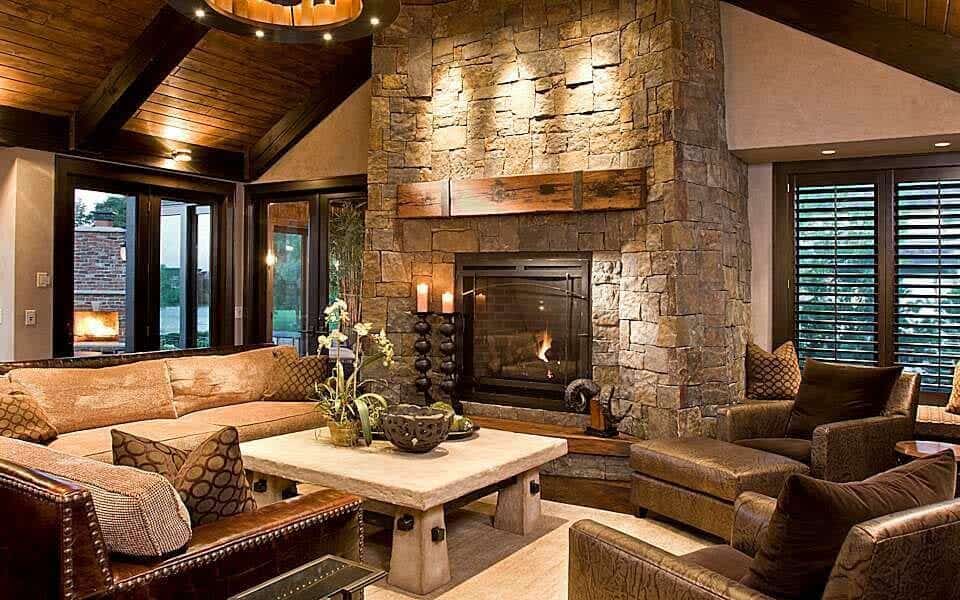
What do you think? Will the Modern Rustic aesthetic overshadow the traditional Rustic design? Will the rugged hunting cabin with no Wi-Fi be abandoned in the past? Do you have any other thoughts on this topic? Leave your comments below!
Image Sources (in order of appearance)
https://www.architecturaldigest.com/gallery/ralph-lauren-colorado-ranch-slideshow
https://i.pinimg.com/736x/19/7e/75/197e75e6421a3148f5afb971d4a04511.jpg
http://tahoesoldtimephoto.com/scenes_eras.php
https://www.pinterest.com/pin/339247784426012619/
https://onekindesign.com/2018/11/13/modern-rustic-minnesota-home/
More Information:

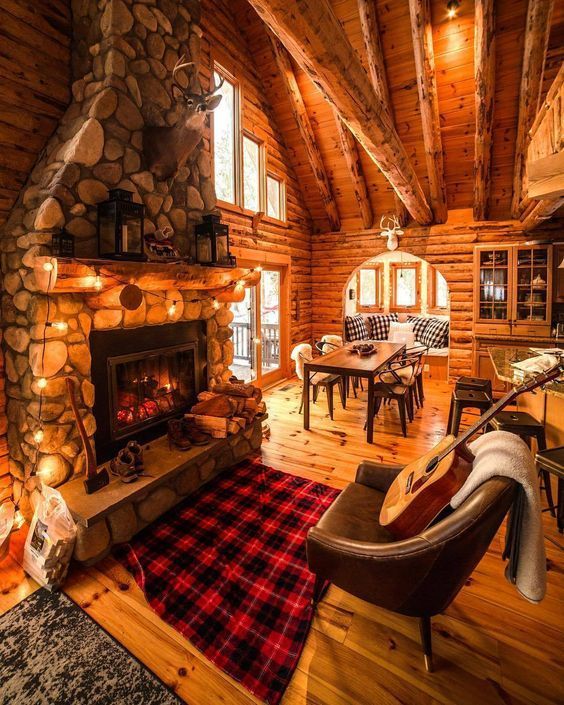
5 Comments. Leave new
[…] Pro Tip: Layering textiles of different textures and patterns can create a cozy, lived-in feel that enhances the rustic aesthetic. […]
I really enjoyed reading through your post. It was great to see how you mentioned that there isn’t a very clear start point and how it has developed over time. That being said it is also interesting to see how you may have interpreted something to have a rustic aesthetic when it also can be interpreted as having a farmhouse aesthetic. I am not referring to what people have now recently associated with Chip and Joanne, but rather the need to throw up a shelter in the middle of the land to overlook their herds using the materials readily available. So I guess my question is, do you think that the farmhouse and rustic aesthetic could be from the same idea just developed differently over time depending on people’s tastes? Also to answer your question, I do not think hunting cabins with no wifi will be a thing of the past considering that is how a lot of people like to get away from their day to day life.
Yeah, I can see what you mean. I believe that the farmhouse aesthetic originated as part of the rustic aesthetic and grew parallel with it. Like I mentioned in my post, eventually, both of these became the “country” style. I feel like they are they’re own thing but very interrelated.
I liked the way that you described the evolution of the rustic aesthetic. I found it interesting how the rustic aesthetic has become more “modern” as time goes on even thought the rustic theme itself is inherently not modern. I think that as time goes on the rustic theme will continue to change since people’s view on what is “rustic” is always evolving. One question I have is at what point should the rustic aesthetic split into a new aesthetic that encompasses the old hunting cabin aesthetic rather than the ever changing modern rustic aesthetic.
I believe they already made that split, some people could consider them both the same but they clearly have some differences. I just wish that the modern aesthetic doesn’t completely overshadow the traditional one. Thankfully, I believe that the traditionally rustic aesthetic will exist as long as there are trees in the forest, stones on the ground, and people who enjoy experiencing a primitive way of life.